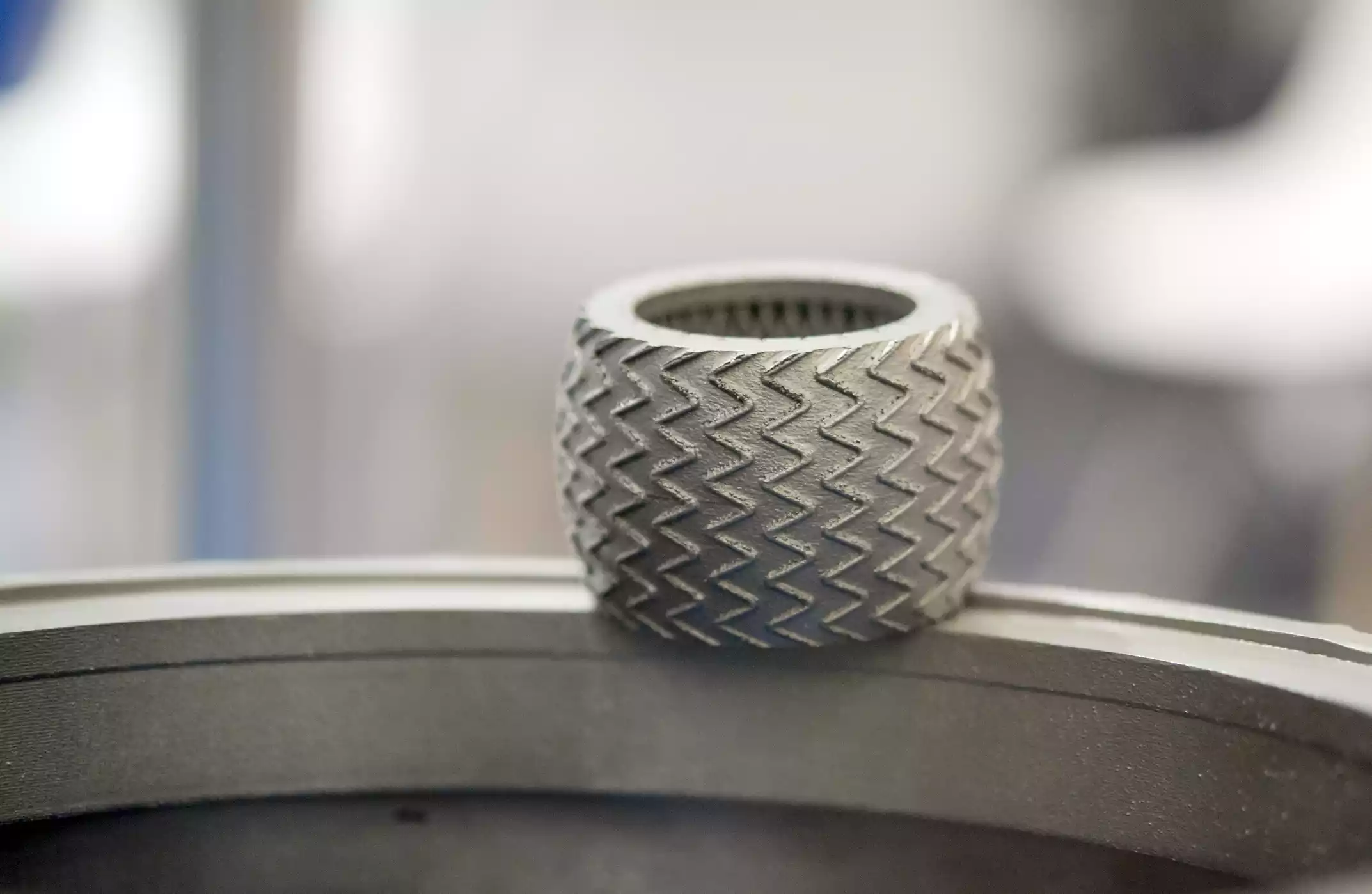As the automotive world accelerates toward greater efficiency, customization, and sustainability, tire manufacturers are under growing pressure to innovate. Traditional processes like molding, curing, and rubber compounding remain vital—but emerging technologies are reshaping what’s possible. One of the most transformative among them is 3D printing. Once considered a niche prototyping tool, additive manufacturing is quickly becoming a major driver of change across the tire industry.
Rapid Prototyping That Speeds Innovation
Design cycles for new tires can be lengthy. Engineers often need multiple iterations to test tread patterns, sidewall structures, and overall performance characteristics.
3D printing dramatically compresses that timeline. By enabling fast, cost-effective prototyping, engineers can produce highly detailed, functional models in hours instead of weeks. This accelerates R&D and allows teams to identify design flaws, optimize patterns, and validate concepts earlier in the process.
Advanced Materials for Greater Durability
The materials used in additive manufacturing are advancing just as quickly as the equipment itself. Today’s industrial 3D printers can work with rubber-like elastomers, composites, and flexible polymers that mimic the behavior of conventional tire compounds.
As these materials become stronger and more heat resistant, they open the door to:
-
New tread geometries
-
Improved wear resistance
-
Better heat dissipation
-
Enhanced energy efficiency
These benefits make 3D printing an increasingly practical tool for producing tire components—not just prototypes.
Customization at a Level Never Seen Before
For manufacturers serving niche markets—specialty vehicles, high-performance applications, or unique industrial equipment—custom tires can be expensive and time-consuming to produce.
Additive manufacturing offers a new competitive edge:
low-volume, high-precision customization without the need for new molds or tooling.
This could enable:
-
Tires tailored to specific terrains
-
Vehicle-specific tread patterns
-
Enhanced sidewall protection for certain industries
-
Lightweight, purpose-built compounds
The result? Faster turnaround times and more adaptability to market demands.
Sustainability and Reduced Waste
Sustainability is a driving force across manufacturing, and tire makers are under significant pressure to reduce waste and emissions. 3D printing supports these goals by allowing manufacturers to use exactly the amount of material needed, eliminating the excess common in traditional molding.
Future developments may even allow for fully recyclable printed components or even on-demand local production, reducing transportation emissions and improving supply chain resilience.
The Intersection of Automation and Additive Manufacturing
As tire manufacturers integrate more automated equipment into their production lines, 3D printing fits seamlessly into this evolution. Automated systems can handle repetitive tasks, perform quality checks, and even assist in post-processing steps for printed components.
For manufacturers looking to combine precision, repeatability, and efficiency, the pairing of automation with additive manufacturing provides:
-
More reliable throughput
-
Better consistency in part quality
-
Reduced labor costs
-
A streamlined path from design to production
Partnering with UMD Automated Systems for Advanced Tire Manufacturing
UMD Automated Systems works with leading tire manufacturers to design, build, and integrate the automation that powers the next generation of production. As 3D printing becomes more prevalent in the industry, manufacturers need systems capable of supporting new materials, new workflows, and new levels of precision.
Whether you’re exploring additive manufacturing, optimizing your existing processes, or planning the next evolution of your production line, UMD provides the custom equipment and automated solutions needed to stay ahead of industry change. Contact us today to learn more.


Leave A Comment